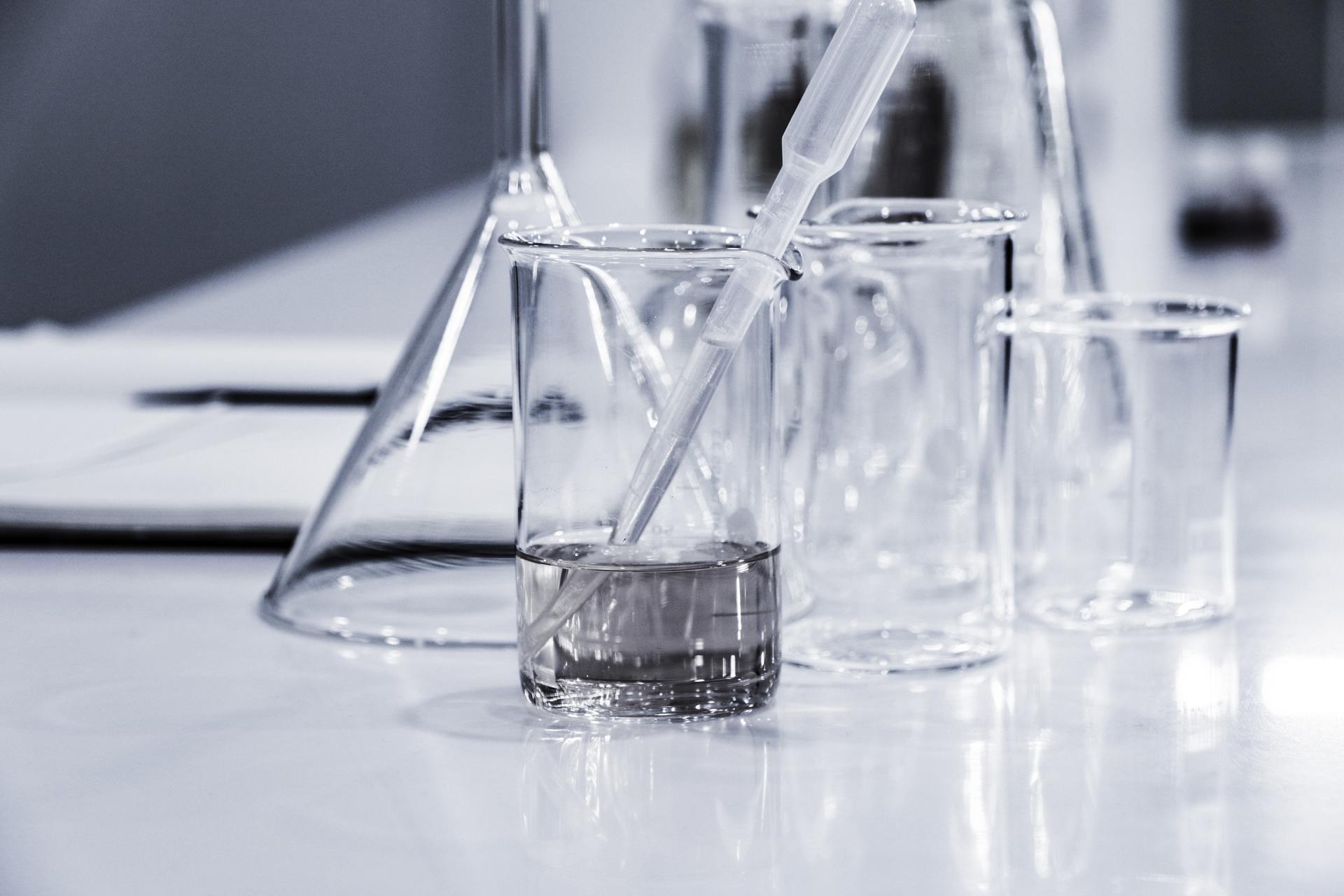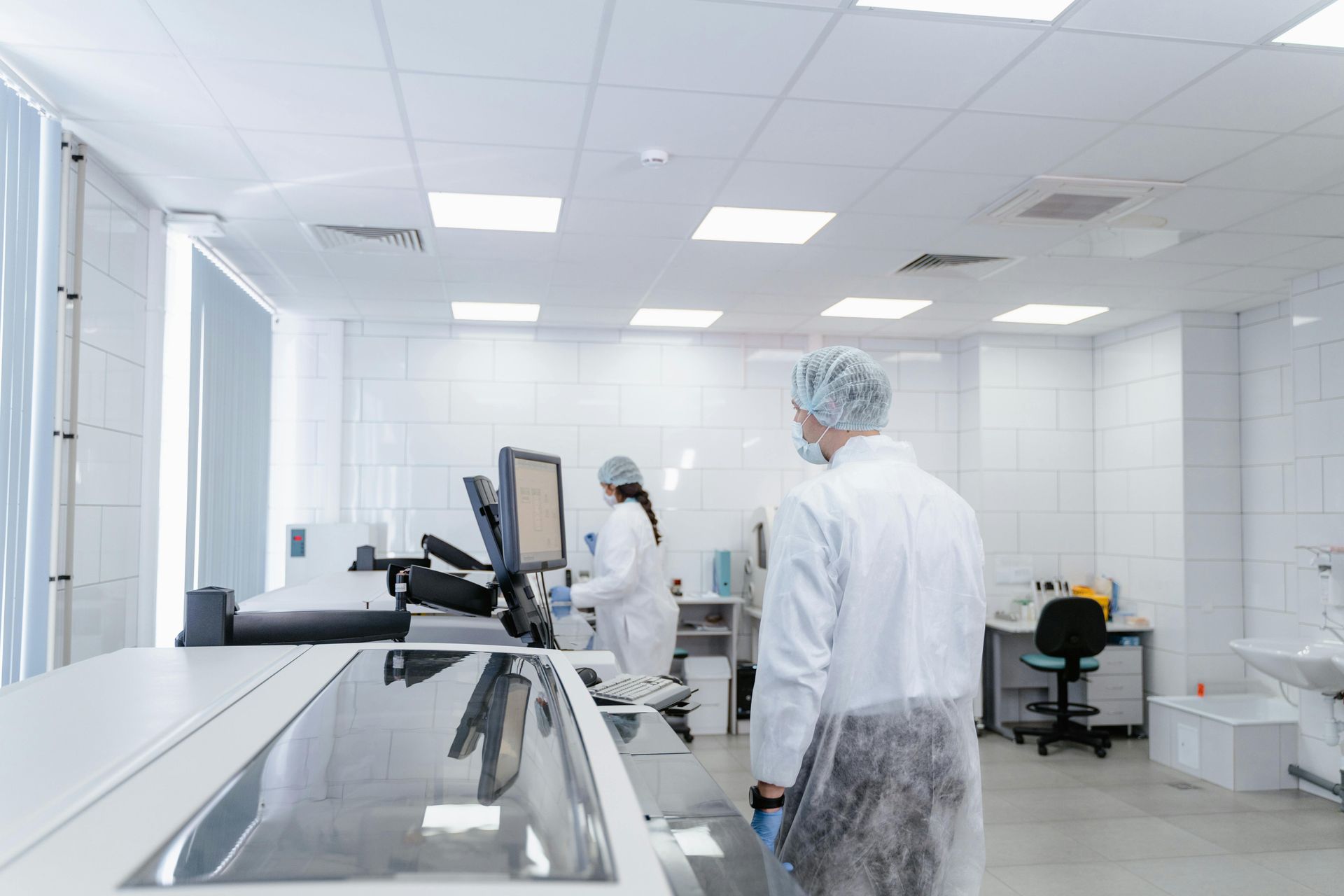How to Submit Your Medical Device for Testing and FDA Approval
As you're no doubt aware, medical products are subject to incredibly strict guidelines, mandated and overseen by the Food and Drug Administration(FDA).
If you intend to manufacture, market, and sell any form of medical technology, you're going to need to understand the rules by which they're regulated.
And although they may seem overwhelming, the rules aren't quite as complicated as they might at first appear.
Read on to learn what you need to know about submitting your medical product for testing and FDA approval.
How The FDA Defines Medical Devices
Your first step is determining whether or not your product even falls into the proper category for evaluation by the FDA. The agency exclusively deals with medical devices. These are defined by the agency as "any instrument, apparatus, implement, machine, contrivance, implant, in vitro reagent, or other similar/related article, including a component part or accessory which is either:
Recognized in the official National Formulary, or the United States Pharmacopoeia, or any supplement to them.- Intended for use in the diagnosis of diseases or other conditions, or else in the cure, mitigation, prevention, or treatment of these conditions in humans or animals.
- Intended to influence the structure of function of a human or animal's body.
In addition to the above, for a product to be considered a medical device, it must not achieve its primary function via chemical means, nor can it be dependent upon metabolization. It's also important to note that software functions are
not
included as part of the above definition.
Understanding the FDA's Medical Product Classifications
If your product fits the FDA's definition of a medical device, your next step is to search the FDA Product Classification Database to see if it fits under any of the agency's existing classifications. You may either search by keyword, device class, product code, regulation number, device listing, or other characteristics including Premarket Approval, Premarket Notification, or De Novo.
Once you have determined your device's classification, it may be submitted for FDA approval,
provided your establishment is already registered with the FDA. The approval process will vary depending on the nature of your product.
- Class III medical devices, which are considered high-risk, must be submitted for Premarket Approval, alongside clinical data to support any claims made about the device's function.
- If your device does not require a PMA, you'll need to submit a Premarket Notification (510(k)) to the FDA, provided your device is not exempt. 510(k) exemptions include:
- The device is unfinished and being commercially distributed or sold to another firm.
- The device is not being commercially distributed.
- You are distributing another firm's device, which was manufactured domestically.
- If you are a repackager/relabeler.
- The device was made outside the US, and received clearance via the foreign manufacturer.
- Your device is exempt per regulation 21 CFR 862-892.
Finally, if your product does not fit the specific definition of a medical device, you'll need to take one of the following actions:
If your product is software-based, follow the process outlined on the FDA's Mobile Medical Applications page.- If your product is intended exclusively for general wellness, it likely classifies as low risk, and is subject to different policies.
- If your product includes drugs or a biological component, it may be a combination product.
- Depending on the specific characteristics of your product, you may need to submit it for approval via the CBER, CDER, CVM, or CTP.
Ensure Your Medical Device Submissions Are Compliant And Up to Date With CfPIE
Once you've finished the initial application process, it's relatively straightforward from there.
However, if you're looking for a more in-depth explanation, you can register for our upcoming course:
Overview of FDA Regulatory Compliance for Medical Devices.
Have additional questions?
Get in touch with the CfPIE team today.
Blog Categories
Stay Informed



